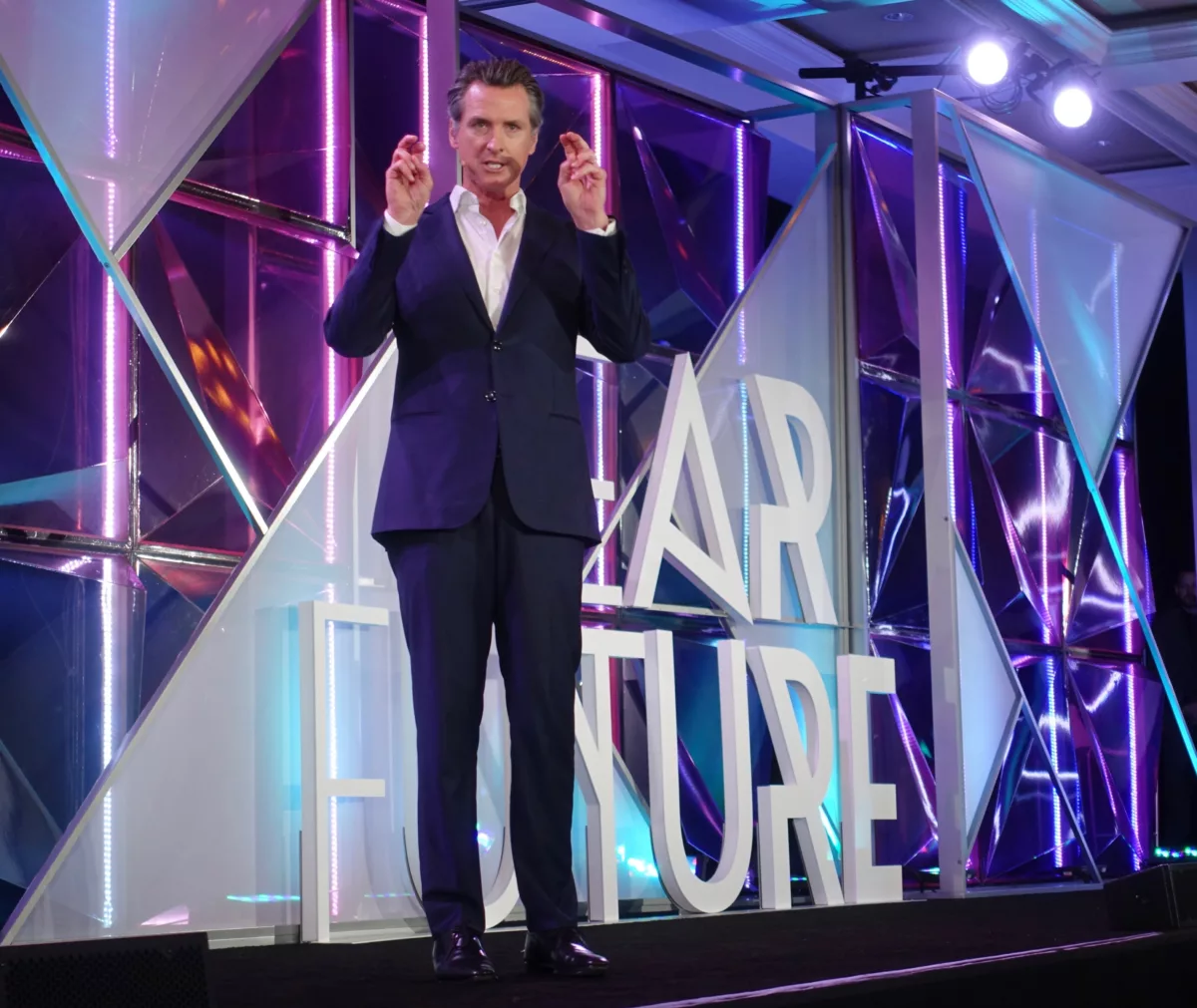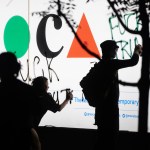
by Emile Suotonye DeWeaver
Californians have been demanding a course correction away from mass incarceration for over a decade, and earlier this year, Governor Gavin Newsom announced his “California Model” for the California Department of Corrections and Rehabilitation (CDCR), an ill-defined set of proposals sold as a supposed step in that direction. His plan includes demolishing San Quentin State Prison’s death row and building a “state-of-the-art” building that he says will provide stronger rehabilitation opportunities for the limited number of incarcerated people allowed to access it.
While Newsom says his nebulous model represents progress, it is much closer to what philosophers would call a near enemy of progress.
Far enemies are obvious—hate is the far enemy of love, for example. Near enemies are more insidious because they resemble what we desire while actually undermining our goal. Pity is the near enemy of compassion; sympathy is the near enemy of empathy. People have long used this idea to understand emotions, but it translates well into the sphere of social transformation. Cancel culture is a near enemy of accountability, while identity politics is the near enemy of centering impacted people.
The California Model stands as the near enemy of progress because Newsom’s definition of mass incarceration is fundamentally inadequate. He focuses on the things this system does but fails to grapple with what the system is.
What does mass incarceration do? It dehumanizes and punishes when it could restore. It deepens our dependence on an ineffective public safety model that often makes us less safe. In Newsom’s mind, shifting mass incarceration to be more rehabilitative may, therefore, represent progress. But given what mass incarceration is, he’s wrong.
Mass incarceration has many components. It is a prison industry that receives revenue based on the incarcerated population. It is a fundamentally racist political institution that uses this revenue to push through tough-on-crime legislation that keeps prisons full. It is an incentive structure in which the capital received translates into job security for guards, meaning their livelihoods become tied to the perpetuation of a harmful system. Mass incarceration is a national crisis of our collective priorities and values, which disincentives and devalues public services and innovations that would actually provide safety and reduce our reliance on punitive responses. Each of these components represents a deeply ingrained cultural problem, which Newsom’s so-called California Model does nothing to address.
Culture defines the possibilities of the seeds we plant. When the soil is poisoned, even good seeds grow poisonous outcomes. Newsom’s “plan” is all the more distressing because he is planting bad seeds in bad soil. By the time they mature into toxic flowers, Californians will have already spent hundreds of millions of dollars on his misguided proposals—if not more.
According to the Legislative Analyst’s Office, Newsom’s rehabilitation center at San Quentin will add $25 million per year to the California Department of Corrections and Rehabilitation (CDCR) budget—all as Newsom has cut funding for housing and homelessness. If Newsom follows through on his promise to scale this plan, it will add $20 billion to CDCR’s budget over 25 years. That’s the estimated price tag to end homelessness in California today. That’s nearly five times what it would cost to provide every California resident a free state university education. And with studies showing a correlation between the size of correctional budgets and the political power of correctional unions, Newsom’s plan will likely give even more influence to the very institutions with entrenched interests in mass incarceration.
Earlier this year, Newsom’s lead advisor on the California Model, Sacramento Mayor Darrell Steinberg, said that culture change at San Quentin was already “halfway complete.” Officials have attempted to demonstrate this progress with a variety of carefully curated media stunts, including an event at San Quentin where prison guards played pickleball with incarcerated people.
But like Newsom, Steinberg is describing a near enemy of culture change. Pickleball games aren’t progress when a week before the stunt, guards were protesting Newsom’s California Model announcement by imposing harsh lockdowns on incarcerated people.
The California Model ignores that in 2009, California spent $136 million on a “state-of-the-art” hospital at San Quentin that incarcerated people have seen become repurposed mainly as office space for correctional officers and other staffers. It fails to account for the state’s more recent experience rebranding the California Youth Authority as a rehabilitative agency, changing its name—but not its values—to the Division of Juvenile Justice. This effort ended with publicized incidents of staff fanning violence and racism among incarcerated youth. These initiatives failed because they did not address the culture problem inherent to carceral facilities in the U.S.
Newsom’s latest reform effort suffers from the same deficiency because Newsom doesn’t actually want progress. Real change cannot happen unless we genuinely begin realigning our priorities—shifting resources away from mass incarceration and punishment and toward prevention through investment in public programs like housing and education. We are not witnessing the brave action required to confront the correctional culture and incentive structure that protects and perpetuates the status quo, but rather the aspirations of a governor who wants to build a presidential brand by playing the middle—nodding to California’s progressive values while giving a $20 billion ransom to the correctional unions that hold so much political sway in our state.
Earlier this year, Californians United for a Responsible Budget (CURB) published a comprehensive roadmap for closing at least seven more of California’s thirty-four prisons. The plan seeks to disrupt the prison system’s racialized incentive structures and account for the downstream effects of closures by fostering new economic opportunities in rural towns that have become dependent on carceral infrastructure. Advocates who understand the true scale of this problem acknowledge that this sort of transformation won’t be easy. But real progress never is.
Last year, 57-year-old Anthony Talotta, an intellectually disabled autistic man, allegedly contracted sepsis and died after a stint in the Allegheny County Jail. His family is now suing—and says his death is part of a systemic culture of medical neglect at the facility.
With the release of 2022 FBI crime data, we’ve refreshed Ethan Corey’s explainer on key things you should know, namely that crime data is often manipulated for political purposes, which has helped feed a profound disconnect in public perceptions of crime.
Police raided Ryan Cortez’s home after he participated in a protest against police harassment. On Oct. 6, a jury acquitted Cortez, but concerns over free speech remain.
That’s all for this week. As always, feel free to leave us some feedback, and if you want to invest in the future of The Appeal, donate here.
This post was originally published on this site be sure to check out more of their content.







